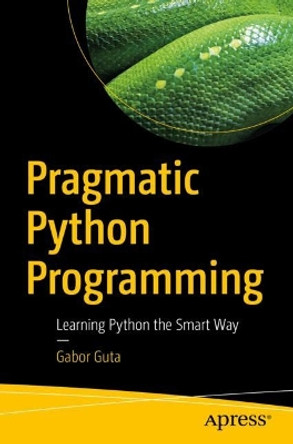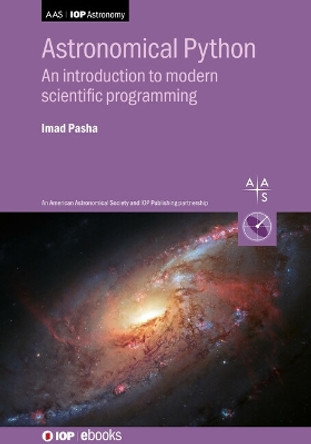Learn to master basic programming tasks from scratch with real-life, scientifically relevant examples and solutions drawn from both science and engineering. Students and researchers at all levels are increasingly turning to the powerful Python programming language as an alternative to commercial packages and this fast-paced introduction moves from the basics to advanced concepts in one complete volume, enabling readers to gain proficiency quickly. Beginning with general programming concepts such as loops and functions within the core Python 3 language, and moving on to the NumPy, SciPy and Matplotlib libraries for numerical programming and data visualization, this textbook also discusses the use of Jupyter Notebooks to build rich-media, shareable documents for scientific analysis. The second edition features a new chapter on data analysis with the pandas library and comprehensive updates, and new exercises and examples. A final chapter introduces more advanced topics such as floating-point precision and algorithm stability, and extensive online resources support further study. This textbook represents a targeted package for students requiring a solid foundation in Python programming.
This fast-paced introduction to Python moves from the basics to advanced concepts, enabling readers to gain proficiency quickly.About the AuthorChristian Hill is a physicist and physical chemist currently working at the International Atomic Energy Agency. He has over 25 years' experience of programming in the physical sciences and has been programming in Python for 15 years. His research uses Python to produce, analyze, process, curate and visualize large data sets in the area of spectroscopy and plasma physics and material science.
Book InformationISBN 9781108745918
Author Christian HillFormat Paperback
Page Count 568
Imprint Cambridge University PressPublisher Cambridge University Press
Weight(grams) 1060g
Dimensions(mm) 243mm * 169mm * 27mm










